Jīnchéng Theater 金城戲院 is located in Mailiao, a rural township in northwestern Yunlin, Taiwan. This theater is something of a cypher; it was reputedly built in 1965, but may have only opened in 1968, and business records record only one transaction in 1975. It probably closed in the late 1980s or very early 1990s, a casualty of changing consumer habits and population outflow to larger urban centers. Beyond that, not much is known about this hulking monster of a theater, which may have accommodated something like 800 patrons at its peak.
The absence of information about Jincheng Theater is somewhat peculiar given its notoriety among urban exploration and vintage photography aficionados in Taiwan1. The location is somewhat remote, in the blighted industrial sprawl of coastal Yunlin, but it is readily found on Google Maps—with 18 reviews (“remember to bring long pants and insect repellent”, one says) and an average rating of 3.9. Gaining access is also effortless; the door is usually wide open and nobody minds if you waltz right in. Despite being well-known there is no large-scale vandalism of the interior, making this an easy and rewarding exploration for novices and more seasoned adventurers alike.
Time has certainly taken a toll on this old theater, and a large section of the roof has collapsed, exposing the interior to the elements. Many of the original wooden seats have deteriorated into mulch but the silver screen remains standing pretty much as it was whenever the last flickering beams of light splayed across its punctuated surface. The projection room is similarly equipped with original gear, and plenty of rolls of decaying rolls of film can be found laying about. For the most part people have hewn close to the urban explorer’s creed: “take nothing but photographs, leave nothing but footprints”.
What economic activity drove the development of the cinema industry in Mailiao2 throughout the booming years of the Taiwan Miracle? Fishing and agriculture seem to have been the main industries in the area while Jincheng Theater was in business. Sugarcane seems to have been cultivated in Mailiao, and it was on the sugar railway network, but that industry began its inexorable decline in the 1980s. The development of an industrial park in the 1990s and the establishment of the Formosa Plastics Group No. 6 Naptha Cracking Plant reversed the population outflow and economic downturn in Mailiao—but by then Jincheng Theater had already gone out of business, never to reopen.
Jincheng Theater opened at a time when the domestic film industry was phasing out Taiwanese language productions. Mandarin Chinese was not widely understood by the townspeople of Mailiao so this theater employed a narrator who provided live translations of Mandarin language films into Taiwanese3. This role was a holdover from the Japanese practice of silent film narration provided by a benshi (Taiwanese: piān-sū), a tradition that faded into history with the popularization of “talkies” in the 1930s4, although it was sporadically revived in post-war Taiwan for purposes such as translation.
These photos were shot on a road trip around Yunlin County in 2018. I ended up visiting about a dozen sites for my ongoing Taiwan theaters project, and this was certainly one of the more interesting explorations (even though it’s already been documented by many others). I still find it curious that not much more is known about its history—but with a little effort it isn’t difficult to imagine what this place might have been like in the golden age of Taiwanese cinema.
- The Thief of Places has visited the site and interviewed local people about its history but his findings remain unpublished. I’ll update this post if I see anything from him (or anyone else) elucidating the history of this theater. For more photos of Jincheng Theater have a look at these Chinese language posts here and here. I also chanced upon a YouTube video showing some kids wandering around the theater. There’s many more photos and videos on Facebook, but I’ll leave it to you to discover those. ↩
- Mailiao was once home to three theaters (including Jincheng). Mailiao Theater 麥寮座 (later written as 麥寮戲院) was the first, dating back to the late Japanese colonial era. Its location is also visible on Google Maps, although nothing remains of the original building, which was demolished decades ago. In my notes I’ve written this theater might have also been known as Bīnjīn Theater 賓津戲院 and Gèyījiā Theater 各一家戲院 but I’m not sure where I got that information from (and there’s nothing online to corroborate this). The third theater in Mailiao was located in the village of Qiáotóu 橋頭, further north, on highway 154. It was generally known as Qiaotou Theater 橋頭戲院 but its actual name may have been Xīnlè Theater 新樂戲院. ↩
- This detail was gleaned from an article entitled 懷舊台灣老戲院 走過流金歲月, likely from a newspaper, but the copy I chanced upon did not specify the original source. ↩
- There are numerous resources exploring the Japanese tradition of benshi online; this brief history provides a solid overview of the practice and this archive contains plenty of interesting content. For a deeper dive into the pre-war history of benshi in Taiwan be sure to read this insightful essay. ↩
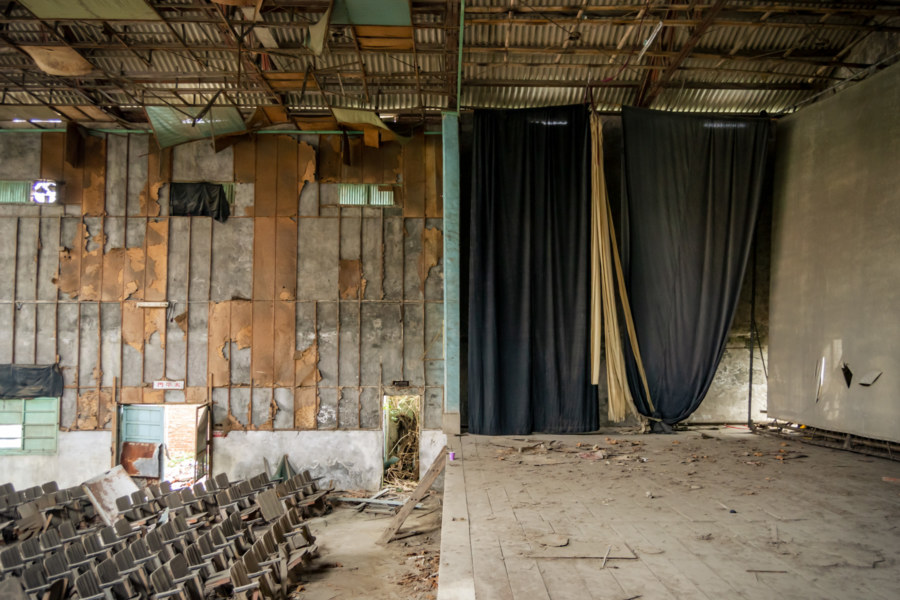
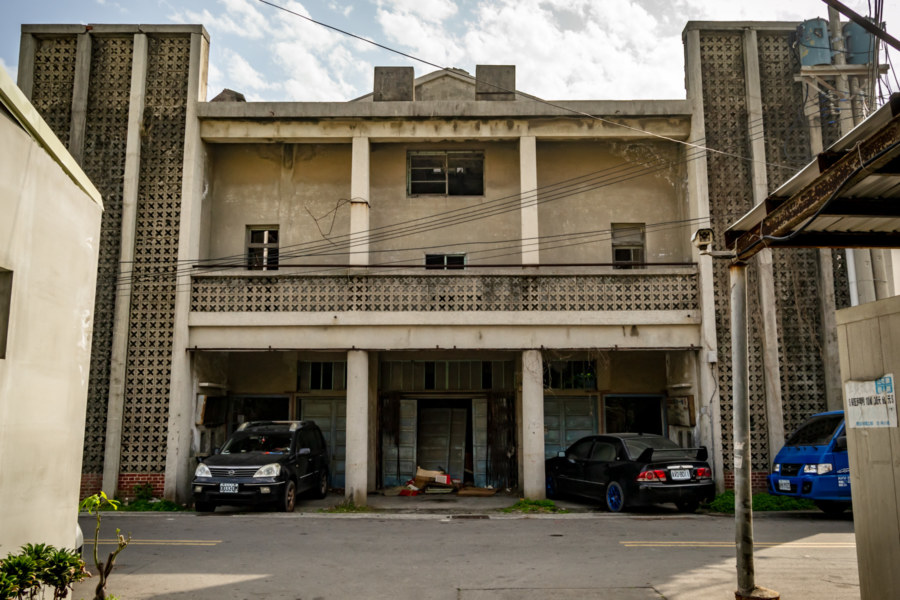
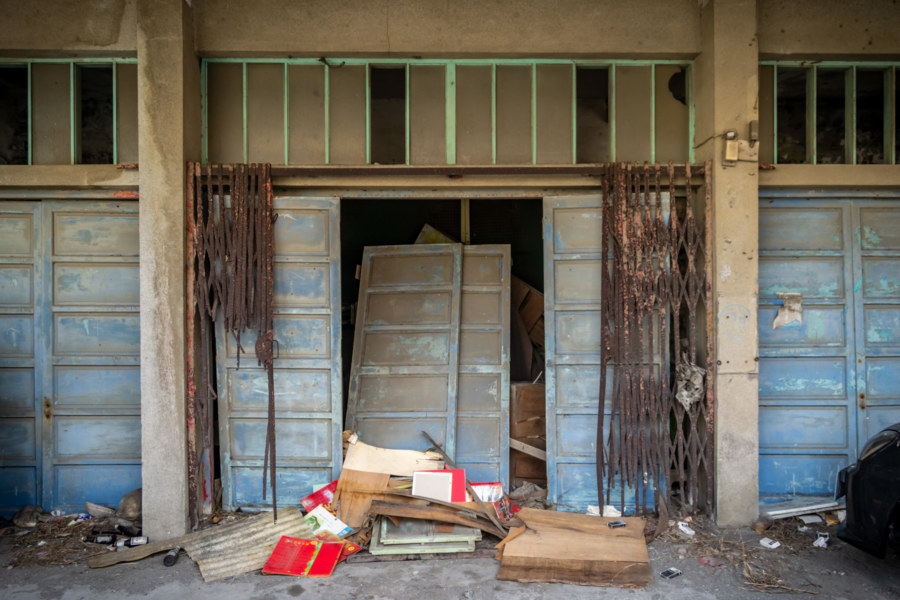
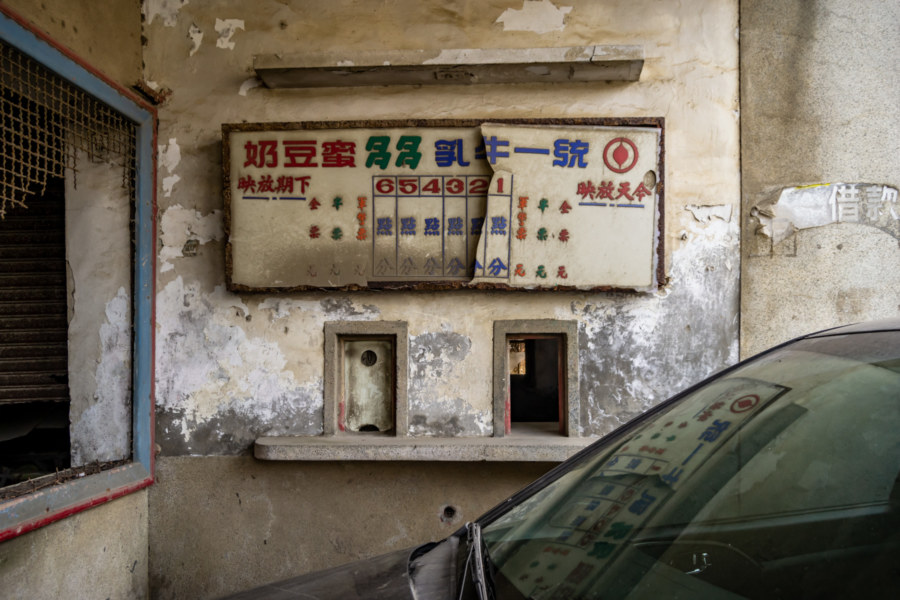

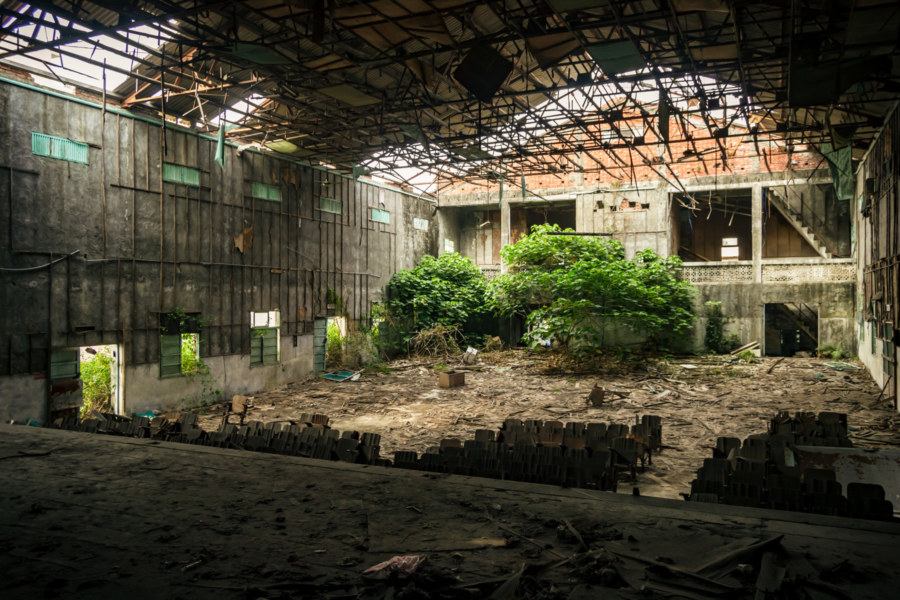
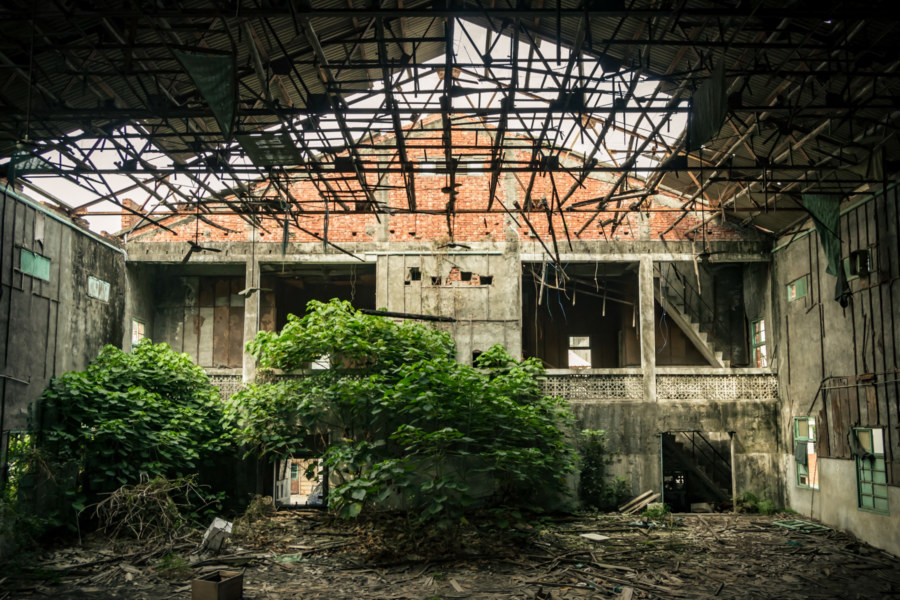

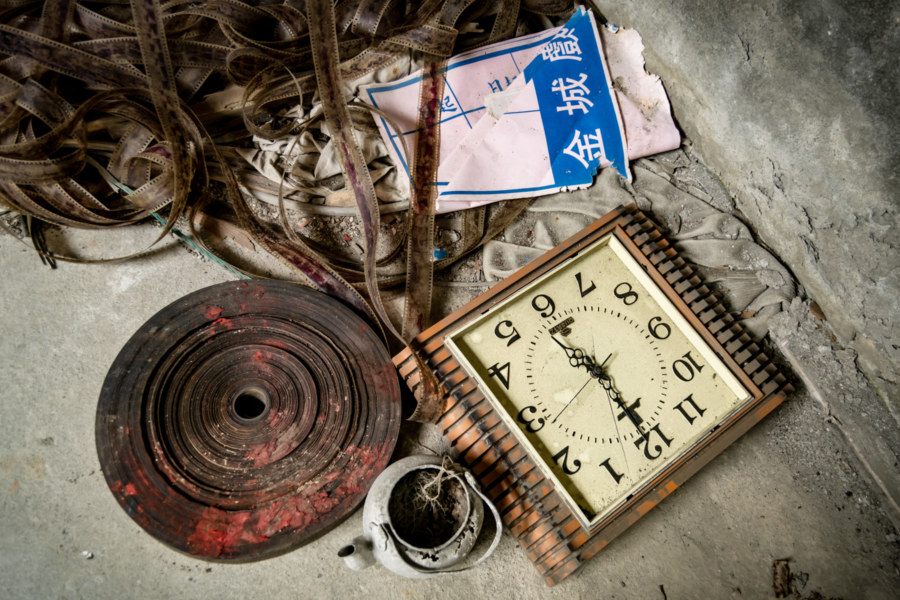
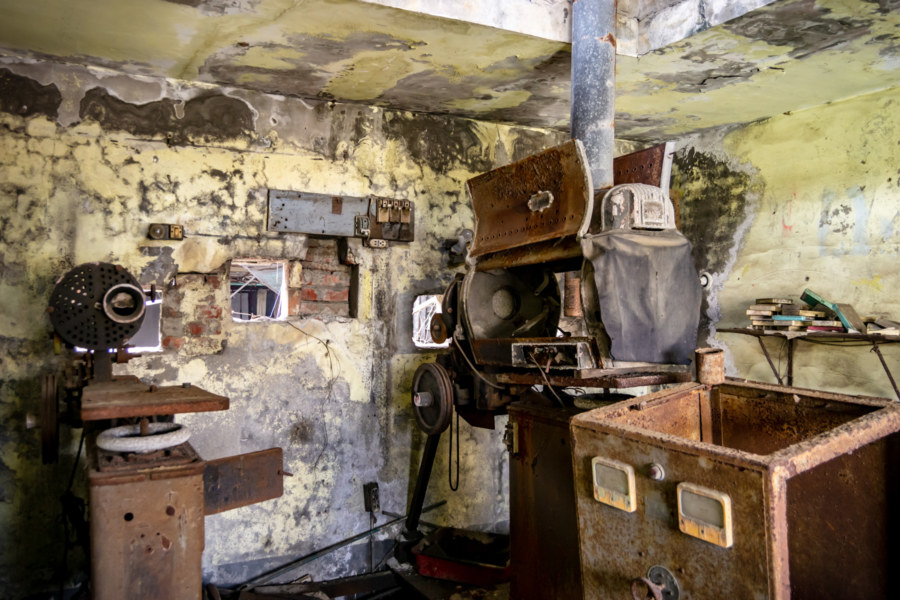

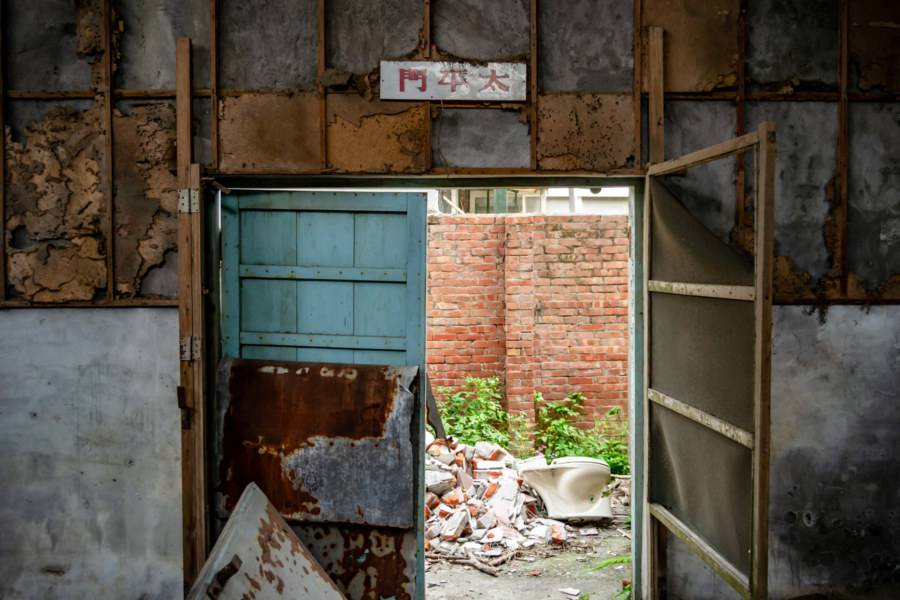
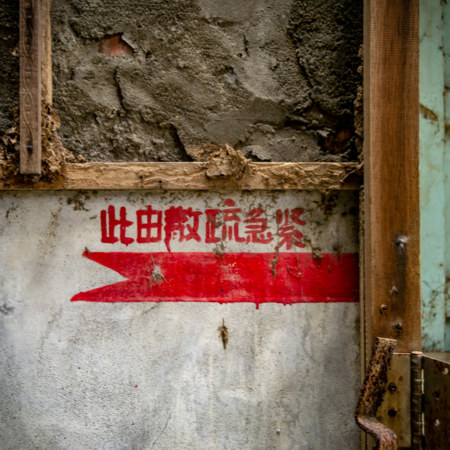
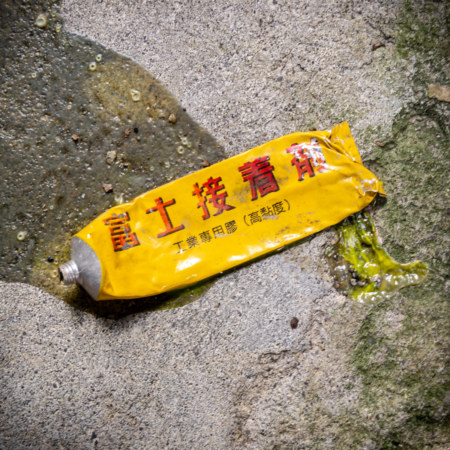
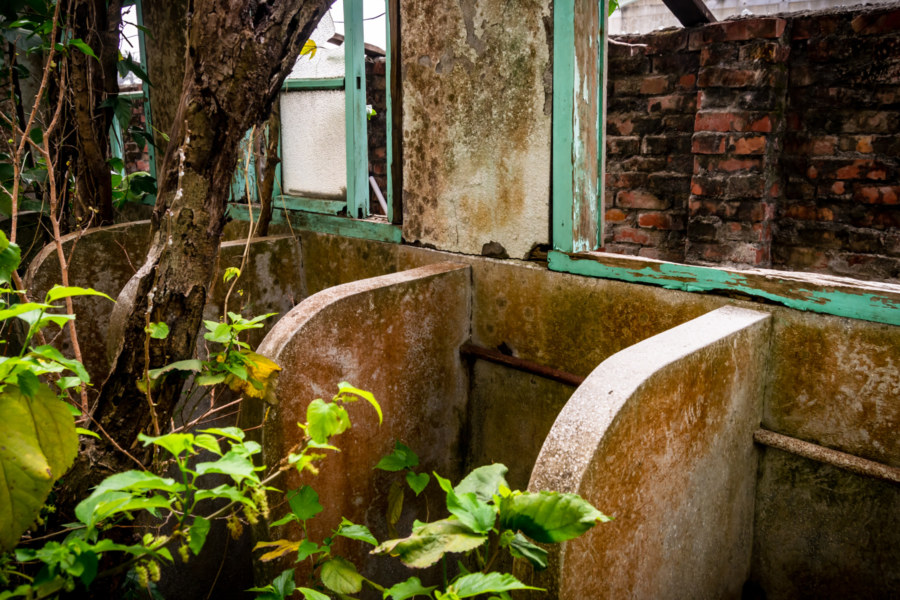
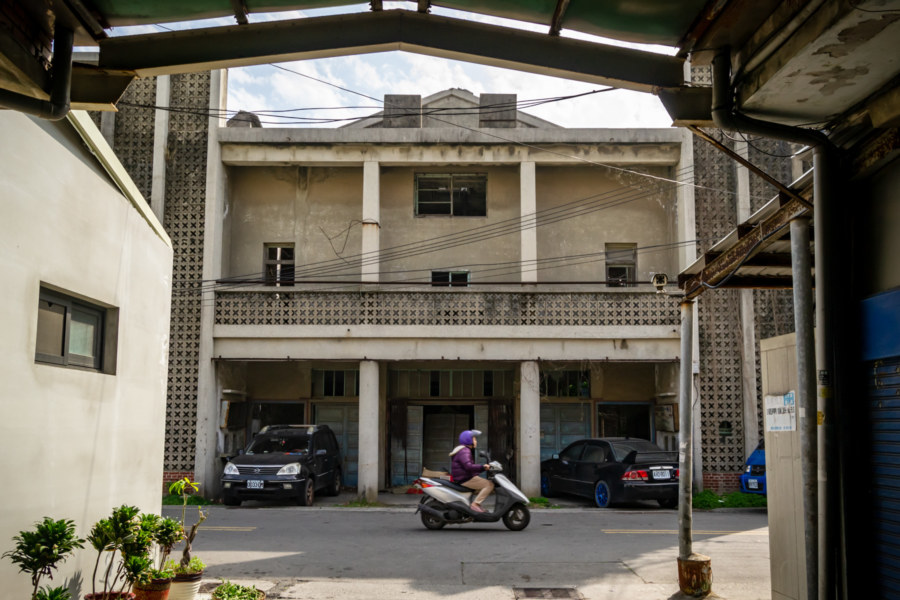
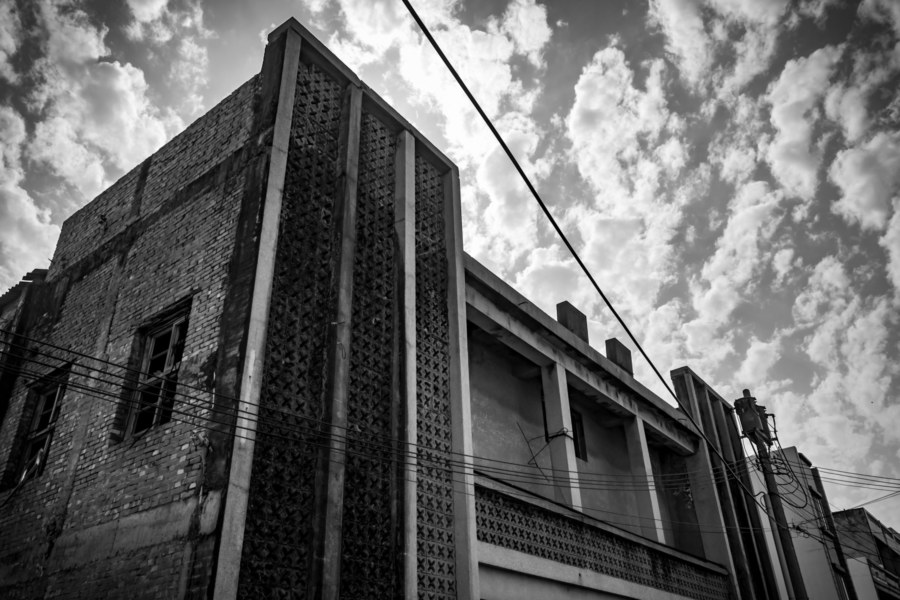
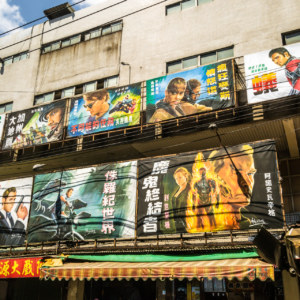
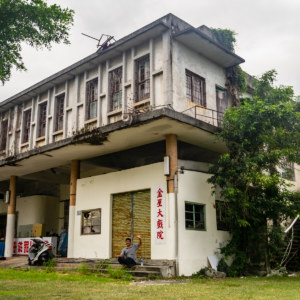
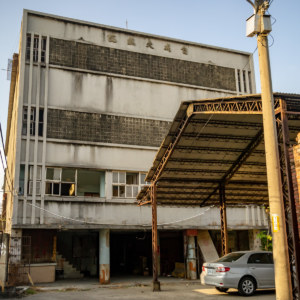









Write a Comment